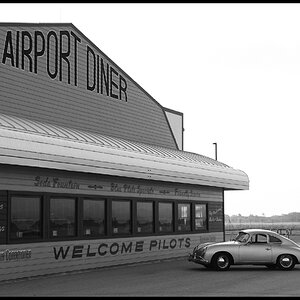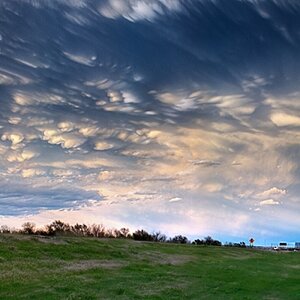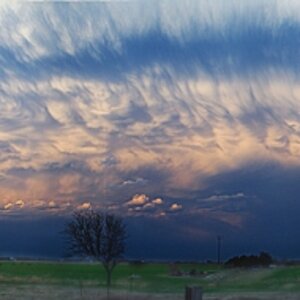Solarflare
No longer a newbie, moving up!
- Joined
- May 24, 2012
- Messages
- 2,898
- Reaction score
- 395
Honestly how you have to arrange the shutter speed depends upon the camera model.
Just today I read reports that the new Sony A7r has problems with vibrations from the (infamous loud) shutter. Which means you have to actually set 3x focal length on this camera.
While others, like the Olympus OM-D, have a good builtin sensor-side vibration reduction and will allow you much better shutter speeds much below focal length, easily.
I would love to make a link to a YouTube video of Matt Granger explaining how to get really slow shutter speeds, but this Z§Z§)("&/!!!!!! forum doesnt allow to set links to youtube without making them into inlay videos.
Just search "HOW TO Get sharp images at slow shutter speeds " on YouTube.
Just today I read reports that the new Sony A7r has problems with vibrations from the (infamous loud) shutter. Which means you have to actually set 3x focal length on this camera.
While others, like the Olympus OM-D, have a good builtin sensor-side vibration reduction and will allow you much better shutter speeds much below focal length, easily.
I would love to make a link to a YouTube video of Matt Granger explaining how to get really slow shutter speeds, but this Z§Z§)("&/!!!!!! forum doesnt allow to set links to youtube without making them into inlay videos.
Just search "HOW TO Get sharp images at slow shutter speeds " on YouTube.



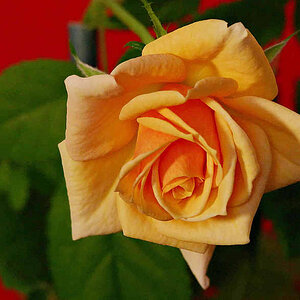

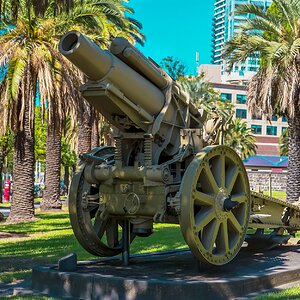
![[No title]](/data/xfmg/thumbnail/37/37602-1ef8dbb1c2d0e4ff347ee65d328c3603.jpg?1619738147)
![[No title]](/data/xfmg/thumbnail/37/37604-7ad625e983f92f880eb65a264eeef5e4.jpg?1619738148)
![[No title]](/data/xfmg/thumbnail/34/34689-7546fa5b2c817c48b60563925693cd53.jpg?1619736604)
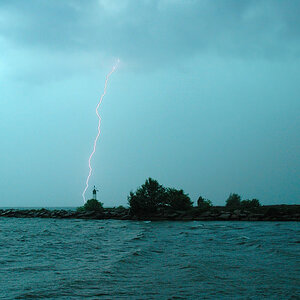
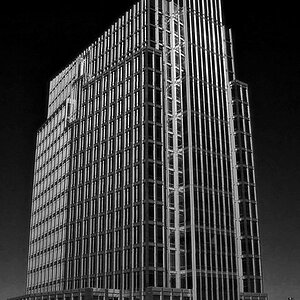
![[No title]](/data/xfmg/thumbnail/34/34692-a218056da5698d6c9b7cf734f656562d.jpg?1619736605)
